It is thought that people first settled in Folkestone 70,000 years ago.
The origin of the name “Folkestone” has invited much discussion over the years, and there is a suggestion that it comes from Folca’s stone, a rock marking the meeting place of local people, although who Folca was and where his stone was located remain mysteries.
Even the spelling of the name was not resolved until a 19th century lord of the manor insisted on “Folkestone” being spelt as it is now.
St. Eanswythe, daughter of King Eadbald of Kent, founded the first nunnery on the cliff top at Folkestone in AD 630.
In 1313, King Edward II granted the Town a Charter of Incorporation, by which it could elect a Mayor, bailiff and 12 jurats. It was at about that time that Folkestone joined the Cinque Ports as a ‘corporate limb’ of Dover.
Click here to read more about the Confederation of the Cinque Ports.
Modern Folkestone is a product of the Victorian age. The Town covers some 3,525 acres and now has a growing population of around 50,000.
The coming of the railway in 1843, the development of the harbour and the Earl of Radnor’s decision to create a superior resort in the middle years of that century were the factors that made the town of today, with fine buildings, attractive parks and gardens and a seafront varied in character.
Modern industrial and commercial developments have broadened its economic base and the town now has within its bounds the entrance to the Channel Tunnel, a main rail/road link to the continent.
The town has been further enhanced with the building of Bouverie Place Shopping Centre and the stop at Folkestone for the high-speed rail link, which means a journey to London of just 57 minutes.
Folkestone has had a sister partnership with Mechinagar Municipality of Nepal since 10th February 2020. The Nepalese Twinning Association is an independent association aiming to promote residents’ knowledge and understanding between Folkestone and Mechinagar.
The association achieves its objectives by:
Membership of the Twinning Association executive is open to invited representatives e.g. professional bodies and groups invited by the executive team. In addition, a separate classification of club membership will be open to all.
The focus of the group is to deliver activities to support the aims and the objectives of the Twinning Association.
The Town Council actively supports the Nepalese Twinning Association by:
For further information please contact john.renshaw@folkestone-tc.gov.uk or abena.akuffo-kelly@folkestone-tc.gov.uk
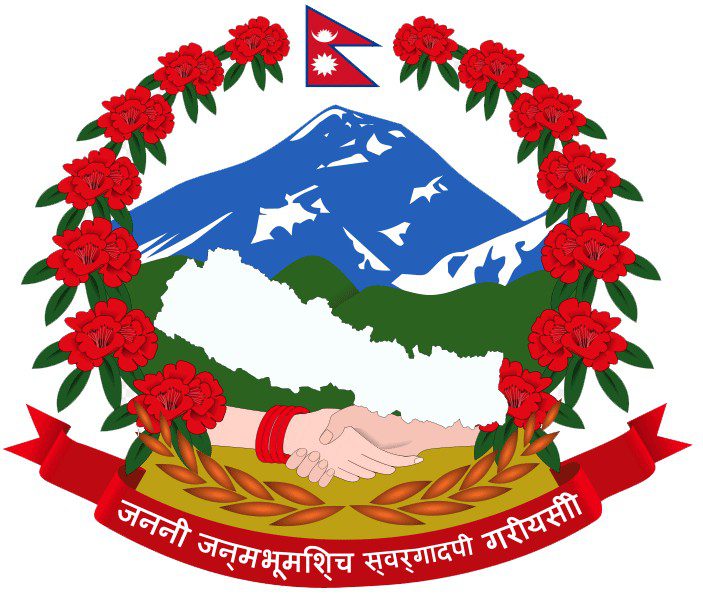
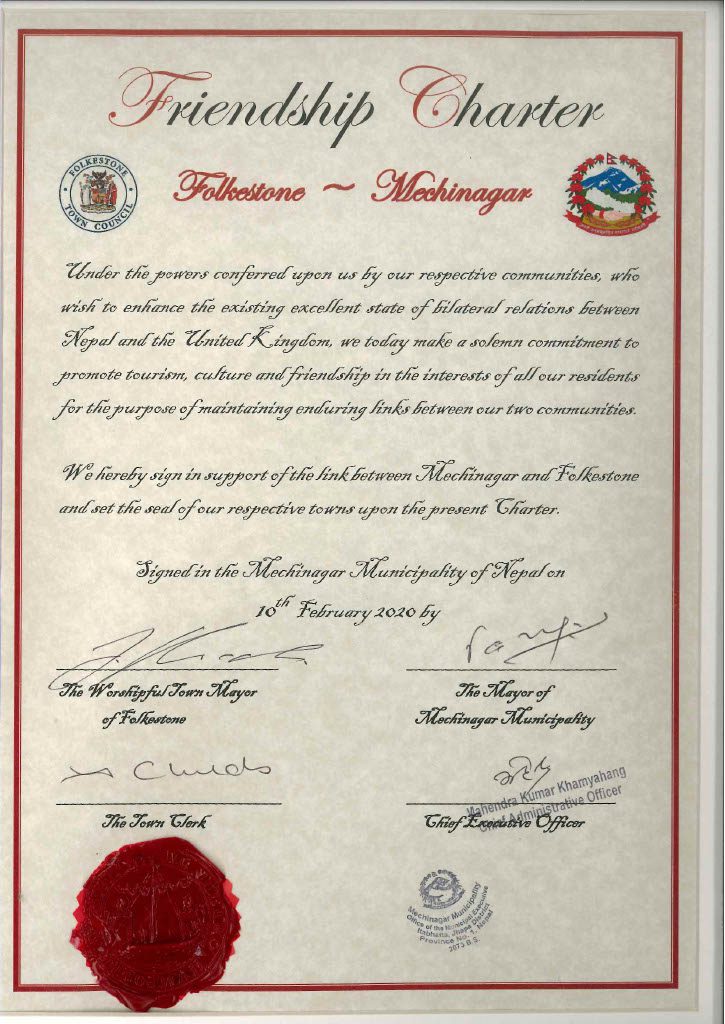
The main aims of the twinning between Folkestone and Étaples-sur-Mer are set out in the Twinning Charter, signed by the respective Mayors of the two towns in two separate ceremonies: in Folkestone in August 2009 and in Étaples in January 2010. The aims of the Association are to consolidate and further existing links between the two towns, and to promote different types of exchanges in the interest of the two towns communities.
The Étaples Military Cemetery, just outside the town, is the final resting place for more than 11,500 British and Allied soldiers who lost their lives in the conflict. Each year representatives and dignitaries from Folkestone and Étaples pay their respects and lay wreaths. Representatives and dignitaries from Étaples also pay their respects and lay wreaths in Folkestone on Remembrance Sunday.
The Committee of the Folkestone and Étaples Twinning Associations meet annually and decide on a programme of events for the year in both England and France. To date, there have been numerous events enjoyed by all those who attended and this is set to continue in the future. The Association also acts as an intermediary between various individuals and groups in both Folkestone and Étaples who wish to form friendships.
Membership to Folkestone Twinning Association is open to anyone interested in promoting the aims of the Association for the benefit of the people of Folkestone.
For further information please click here.
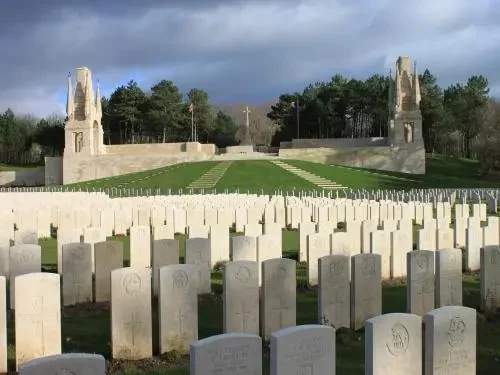
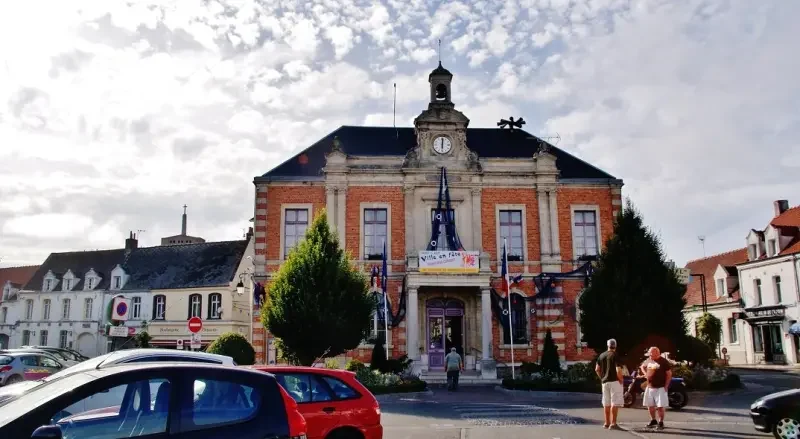
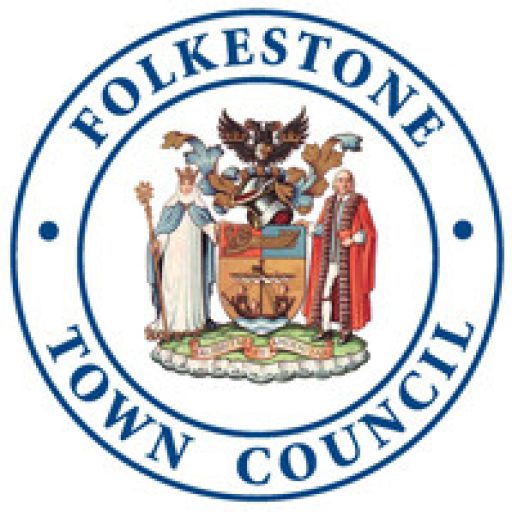
Please enter your search and press the Search button.